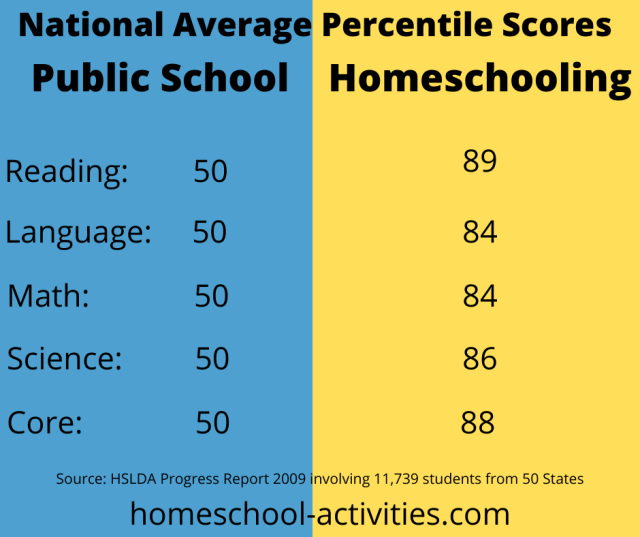Public, Private, Homeschool, Charter – What’s up With all the Options?
The 14th Amendment protects public education for American children, but not all children go to public school. Why is this?
Public school guarantees all school-aged children a right to free education regardless of their citizenship/residency status. Public schools are funded by different levels of the government, and most of their funding comes from property taxes of the people in their district. This means some public schools are much better funded/supported then others, leading to an ethical debate on whether or not all of America’s children are receiving an equal quality education. Since public schools have to be equipped to handle all the school-aged children in their respective district, they tend to be rather large, averaging 528 students. With over 50 million children attending public schools in the USA, public schools are still the popular choice for school-aged children.

States’ Education Systems Ranked | Image Credits: Boston.com
Private schools range from bankrupted to affluent. They do not depend on financial support from the government, though they can receive grants/other stipends. Private schools charge students tuition, which can be lowered based off of different kinds of scholarships. 78% of the time, private schools are affiliated with a religion. Parents send their children to these schools so they can be brought up in their respective religion/moralities. However, not all private schools are religious. Some are “all girls” or “all boys”, while others are boarding schools. The average private school is a lot smaller with only 166 children. This means they can dedicate more one-on-one time with students. Since they aren’t dependent on the government, they don’t have to follow all of its rulings, meaning that they can be stricter, enforce uniforms, and expel a student forever (whereas public schools are limited). Private schools’ resources are dependent on the amount of fundraising and public support they receive.
While homeschooling often receives criticism, over 3.7 million children are currently homeschooled. While the rules for homeschooling vary per state, homeschooling parents have to keep attendance, assign a certain amount of learning/homework per day, and keep a record of their child’s assessments. In addition, whoever is the homeschool teacher must have a high school diploma or equivalent. While homeschooling annually saves about $56 billion in taxpayer dollars and homeschoolers tend to score higher on standardized tests, debates still stir around this method.

Standardized Testing Comparison Public School vs. Homeschool | Image Credits: Homeschool-Activities.com
“Charter schools are semi-autonomous public schools that receive public funds and operate under a written contract that details how the school will be organized, managed; what students will be expected to achieve; and how success will be measured. Charters are exempt from regulations affecting other public schools if they continue to meet the terms of their charters.” Charter schools usually have their own dress codes. While only 45 states have laws that allow them, 3.7 million children attend charter schools.
Next blog, I will be talking about the lowering reading levels of school-aged children, how some schools have skewed the data to hide the rising error, and what this could mean for America’s children.
I have always wondered what the differences were between the different types of schools, so I appreciate you discussing each in detail. I personally went to a public school, but I sometimes wonder if I would have grown differently in terms of education had I been at a private school or homeschooled, since I know a lot of different students at Penn State who come from different educational backgrounds. I really like how you made the organizational layout of this post; I thought it was super helpful to kind of see the divide between the different types of education.